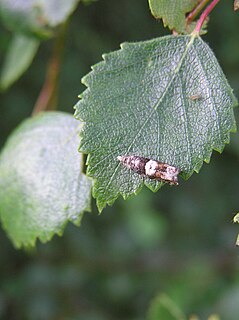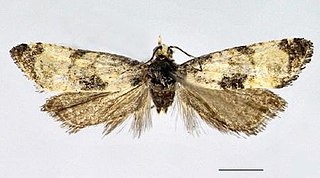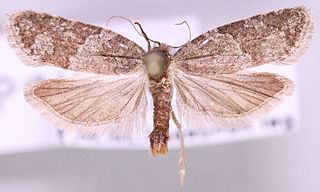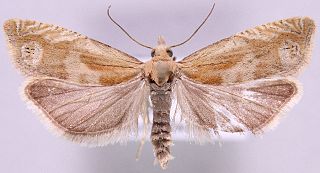
The MP5 is a 9x19mm Parabellum machine pistol, developed in the 1960s by a team of engineers from the German small arms manufacturer Heckler & Koch GmbH (H&K) of Oberndorf am Neckar. There are over 100 variants and clones of the MP5, including some semi-automatic versions.

The SIG Sauer P226 is a full-sized, service-type pistol made by SIG Sauer. This model is sold with a choice of four chambers to choose from: the 9×19mm Parabellum, .40 S&W, .357 SIG, or .22 Long Rifle. It has essentially the same basic design as the SIG Sauer P220, but is developed to use higher capacity, double stack magazines in place of the single stack magazines of the P220.

The Nintendo DS Lite is a dual-screen handheld game console developed and manufactured by Nintendo. It is a slimmer, brighter, and more lightweight redesign of the original Nintendo DS. It was announced on January 26, 2006, more than a month before its initial release in Japan on March 2, 2006 due to overwhelming demand for the original model. It has been released in Australia, North America, Europe, New Zealand, Singapore, and defined regions in South America, the Middle East, and East Asia. As of March 31, 2014, shipments of the DS Lite have reached 93.86 million units worldwide, according to Nintendo.

The Glock is a series of polymer-framed, short recoil-operated, locked-breech semi-automatic pistols designed and produced by Austrian manufacturer Glock Ges.m.b.H. The firearm entered Austrian military and police service by 1982 after it was the top performer in reliability and safety tests.

Celypha rufana, common name lakes marble, is a small moth species of the family Tortricidae, long known under the junior synonym C. rosaceana.

Epinotia demarniana is a moth of the family Tortricidae found in most of Europe, east to the eastern part of the Palearctic realm.

Homona coffearia, the tea tortrix or camellia tortrix, is a moth of the family Tortricidae. The species was first described by Nietner in 1861. It is widely distributed in the Oriental region.

Cochylis dubitana, the little conch, is a moth of the family Tortricidae. It is found in China (Heilongjiang) and most of Europe. It is also found in North America, where it has been recorded from Colorado, Maine, Ontario and Washington.

Endothenia nigricostana, the black-edged marble, is a moth of the family Tortricidae. It was described by Adrian Hardy Haworth in 1811. It is found from most of Europe, east to Japan. The habitat consists of woodland margins and embankments.

Cnephasia pasiuana, the meadow shade, is a moth of the family Tortricidae. It was described by Jacob Hübner in 1799. It is found in almost all of Europe. The habitat consists of rough pastures, fens and marshy areas.

Cochylis pallidana, the sheep's-bit conch, is a moth of the family Tortricidae. It was described by Zeller in 1847.
Eupoecilia kruegeriana is a species of moth of the family Tortricidae. It is found in South Africa, Kenya, Tanzania and Uganda. The habitat consists of various shrub and forest areas, Acacia woodland and the edges of rain forests.
Clepsis nybomi is a species of moth of the family Tortricidae. It is found in northern Sweden and Finland, as well as Russia. The habitat consists of taiga forest with luxurious lower vegetation.
Clepsis gerasimovi is a species of moth of the family Tortricidae. It is found in Uzbekistan and Tajikistan.

Cnephasia cupressivorana is a species of moth of the family Tortricidae. It is found on Corsica, Sardinia, Sicily and in Belgium, France, Spain, Italy, Switzerland, Austria, Croatia, Slovenia, Albania, Romania, North Macedonia, Greece, Asia Minor and Kyrgyzstan.

Eucosma metzneriana, the mugwort bell, is a species of moth of the family Tortricidae. It is found on Sicily and in Great Britain, the Netherlands, Belgium, Luxembourg, France, Germany, Denmark, Austria, Switzerland, Italy, the Czech Republic, Slovakia, Slovenia, Hungary, Bulgaria, Romania, Poland, Sweden, Finland, the Baltic region, Ukraine, Russia, North Africa, Transcaucasia, Asia Minor, Iran, Kazakhstan, Kyrgyzstan, Mongolia, China, Korea and Japan.

Ericodesma melanosperma is a species of moth of the family Tortricidae. It is found in New Zealand.
Gnorismoneura hoshinoi is a species of moth of the family Tortricidae. It is found in Japan, Korea and China.

Eucosma aspidiscana, the golden-rod bell, is a species of moth of the family Tortricidae. It is found in China, Mongolia, Korea, Japan, Russia, North Africa and most of Europe. The habitat consists of woodlands, downland, waste grounds and cliffs.

Eucosma hohenwartiana, the bright bell, is a species of moth of the family Tortricidae. It is found in China, Central Asia, North Africa and Europe, where it has been recorded from Sardinia, Sicily, Ireland, Great Britain, Spain, France, Germany, the Benelux, Denmark, Austria, Switzerland, Italy, the Czech Republic, Slovakia, Slovenia, Hungary, Poland, Romania, Bosnia and Herzegovina, Norway, Sweden, Finland, the Baltic region and Russia. The habitat consists of dry open areas and grassland.















